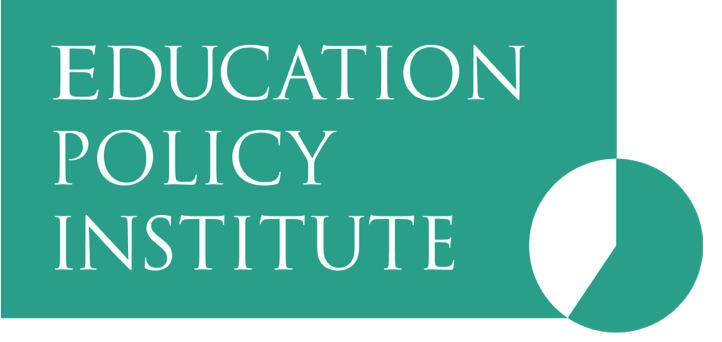In the first blog in this series, we examined the relative GCSE English and maths attainment of pupils with additional needs – those with Special Educational Needs and Disabilities (SEND) and those who speak English as an Additional Language (EAL) and broke our findings down by ethnicity. We drew the following conclusions:
- In 2020, pupils with 6+ years of School Support had similarly low GCSE results to pupils with Education, Health and Care Plans (EHCPs), who receive greater support for their needs and the protection of a statutory plan.
- This meant that for Gypsy Roma, Traveller Irish, and Black Caribbean pupils with long-term School Support but no EHCP, attainment was in, or near, the bottom quarter nationally.
- This suggests that pupils with 6+ year of School Support may need additional support, particularly during and after the transition to secondary school.
- In 2020, most ethnic groups of pupils who speak EAL and arrived during Years 7-9, and all but one ethnic group among late arrivals in Years 10-11, had attainment below the national median in the core GCSE subjects of English and maths. This demonstrates that late arrival into the school system carries a serious attainment penalty, across ethnic groups.
- Previous research found that some of this low attainment was ‘additional’ or specific to 2020 and the pandemic onset, and extra funding alone would have been unlikely to fix this because it could not turn back the clocks for a group who suffered twofold interruption to their education through migration and then pandemic restrictions.
- The largest attainment gaps for pupils who speak EAL were similar to the largest SEND attainment gaps. For instance, pupils with EHCPs in the Irish, Traveller Irish and Gypsy Roma ethnic groups had attainment gaps of over 30 percentiles below the median; the same ethnic groups, plus Black Caribbean and White and Black Caribbean pupils among those who arrived latest and spoke EAL had gaps of over 30 percentiles. Yet there is almost no policy attention given to EAL.

